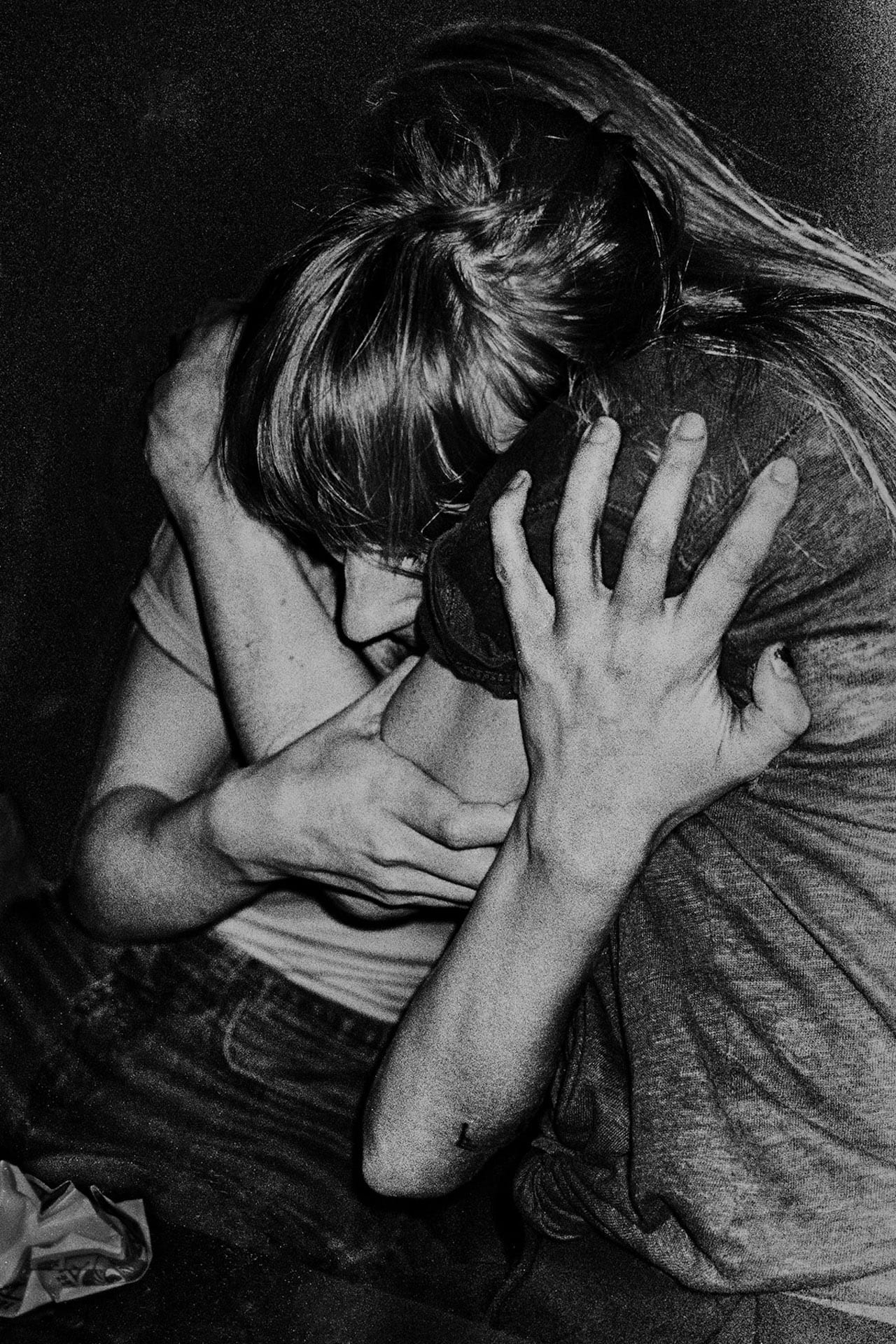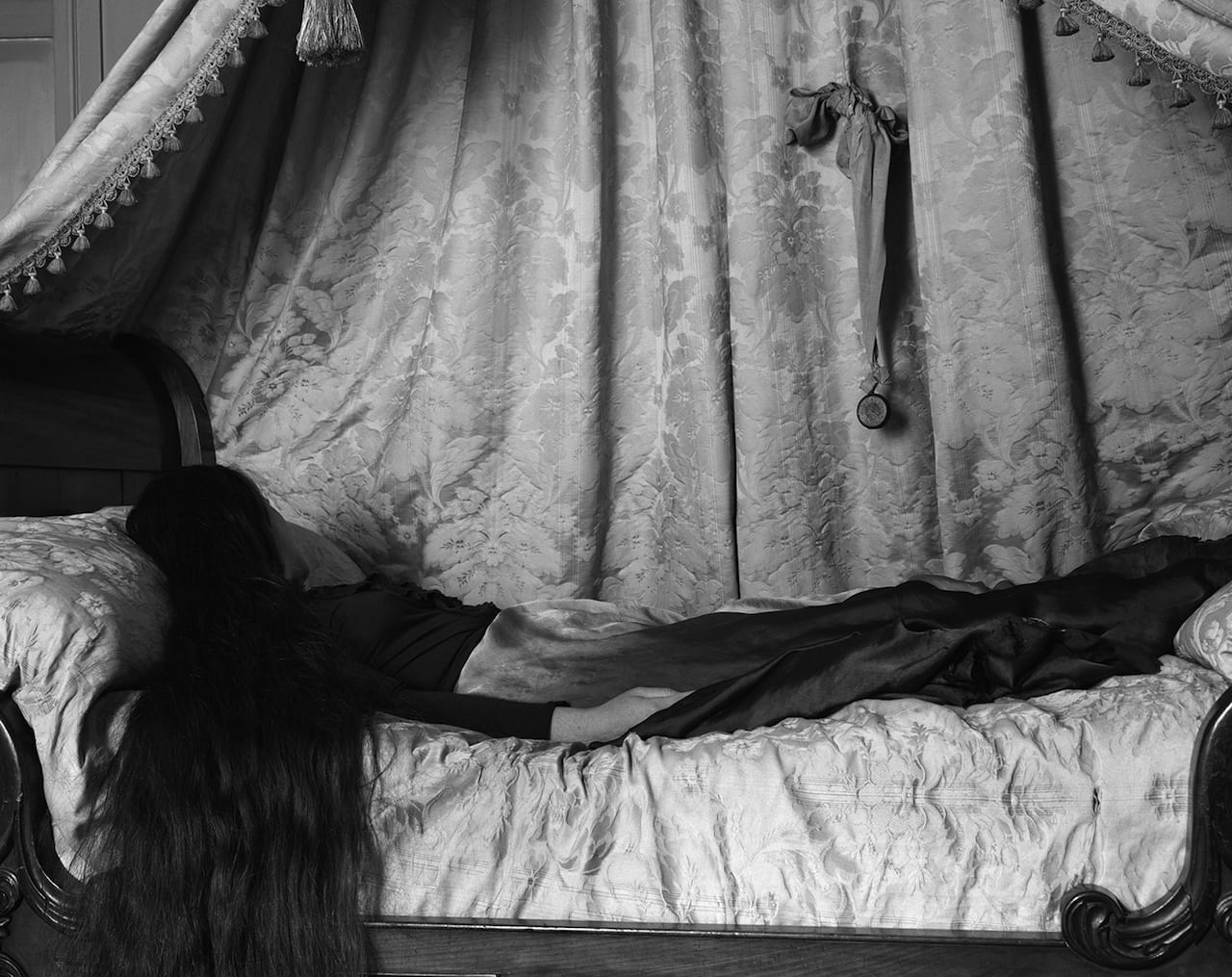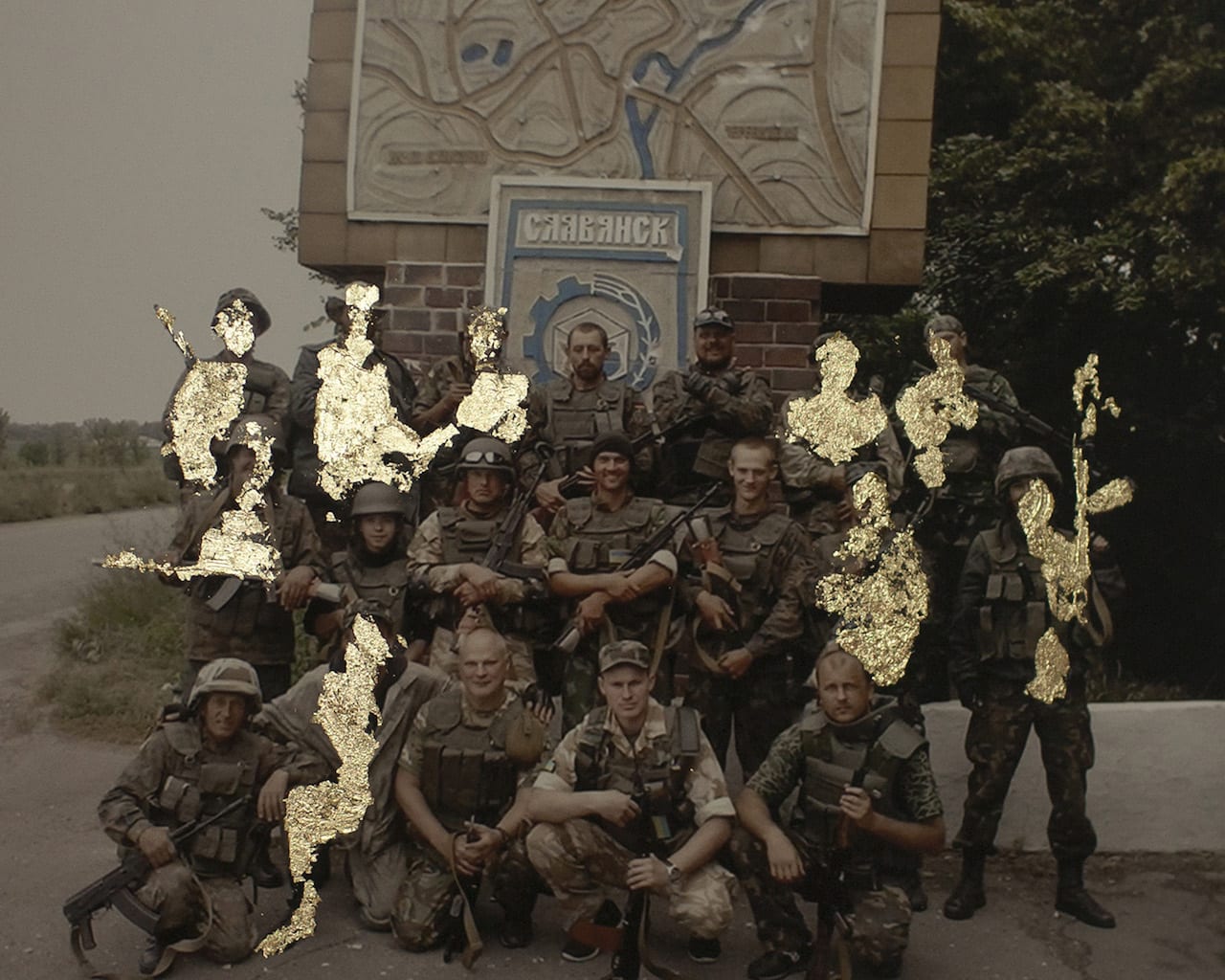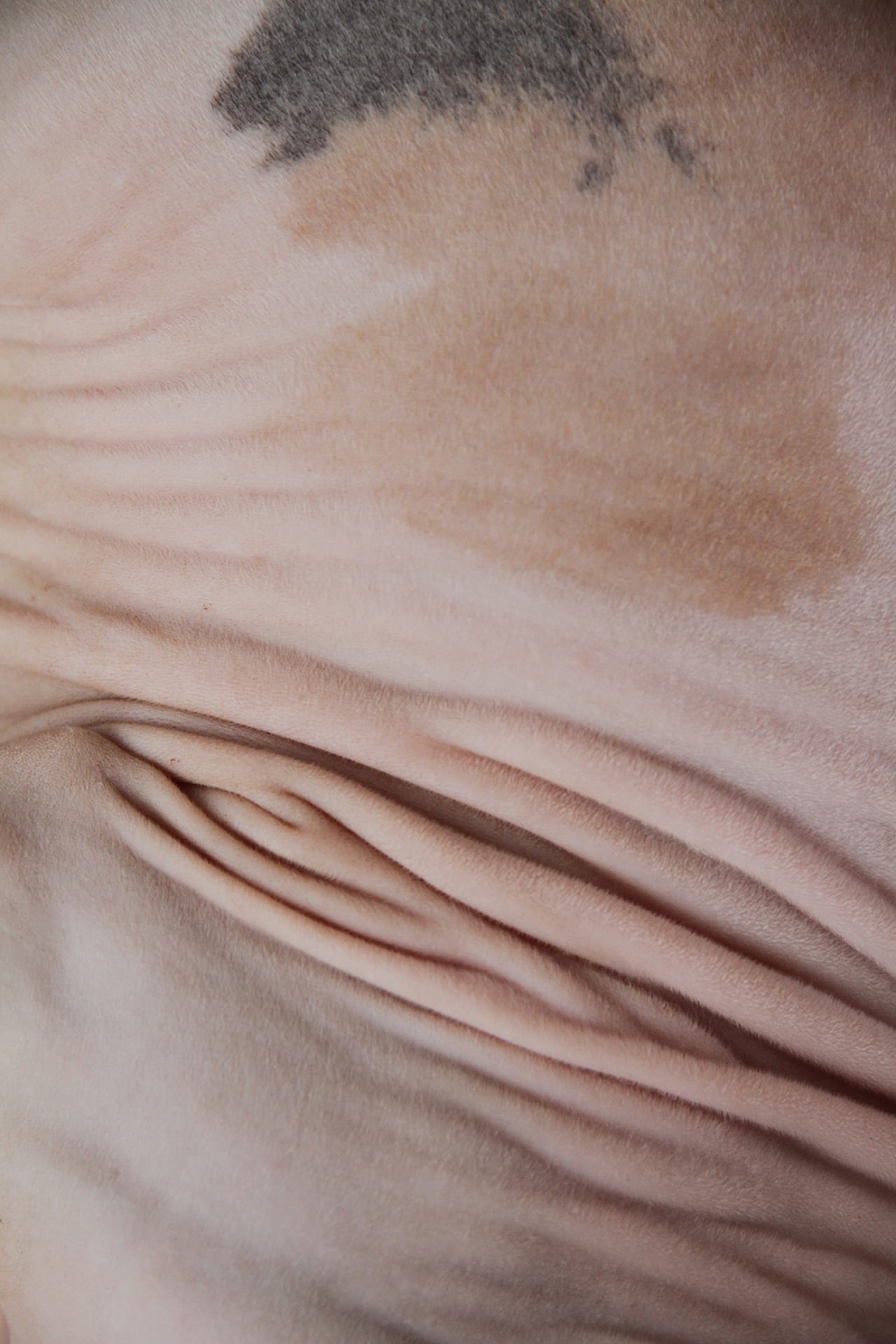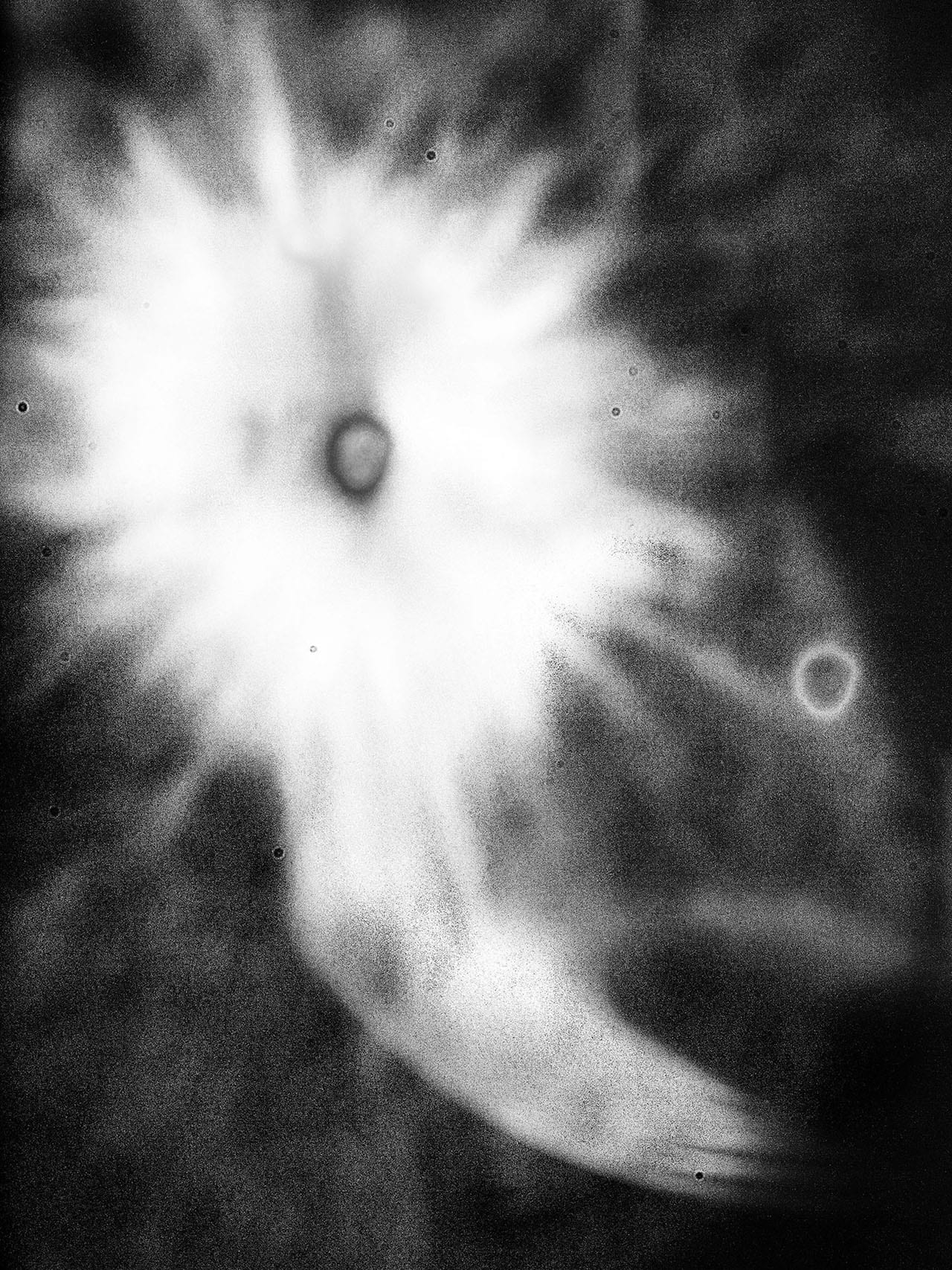Hunger is an experimental project based on Franz Kafka’s short story A Hunger Artist, about the once-glorious, but now dying, art of performers who starved themselves. Curated by Greek publishing house Void, it involves the work of 28 photographers, both established and up-and-coming, presented in seven broadsheet publications, and in an online exhibition on PHmuseum.com.
Kafka’s story, which ends with the hunger artist starving in his cage with no audience to watch, is more relevant now than ever, says Void. “We believe that photographers – and those working with photography, namely critics, editors, publishers, etc – are Hunger Artists…Hunger Artists don’t have to do their art. They must do it. For themselves. For their passion.”
It began as a series of newsprint publications, each one presenting the work of four artists, including respected names such as Joan Fontcuberta, JH Engstrom, and Albert Elm, among up-and-coming photographers selected through a free open call. In November 2018, each newsprint was remodelled into an online gallery as part of an online exhibition on PHmuseum.com, a curated platform dedicated to “creating a free curated space where people could get closer to photography and its language accessible anytime anywhere”.
Since it launched in 2013, the exhibition page has been seen by over 70,000 unique visitors every year, mainly from the US and Europe but also in South America, as the PHmuseum.com was originally founded in Buenos Aires, Argentina. Void was founded in Athens, Greece, in 2016 by Sylvia Sachini and Myrto Steirou, who were joined shortly afterwards by João Linneu. It aims to explore unorthodox ways of promoting photography, and to build a space for exhibitions and publications that bring international artists to the scene in Athens.
BJP speaks to the Greek publishing house about the concept behind Hunger, and the challenges they faced in both orchestrating the project and as “Hunger Artists” themselves.
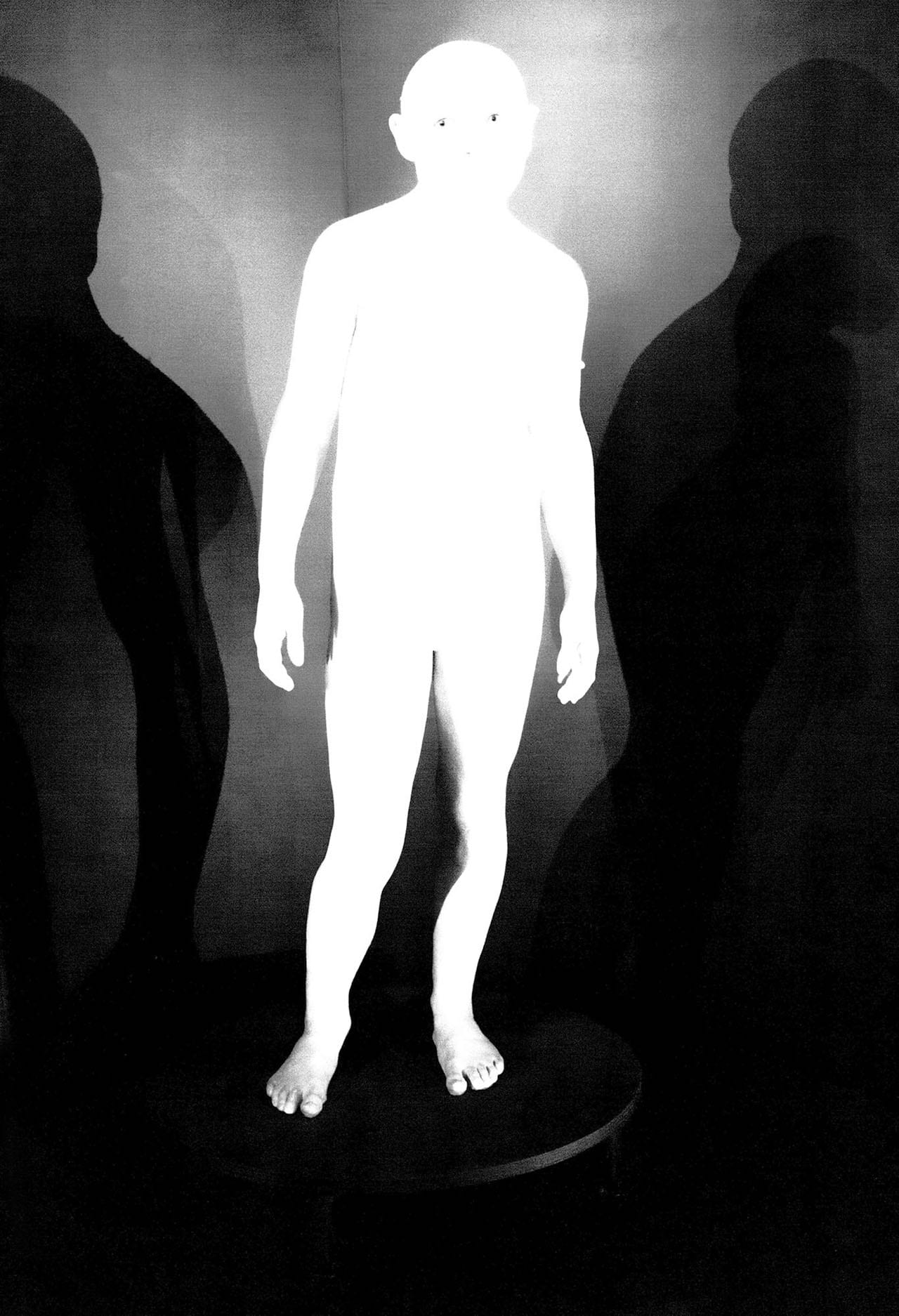
BJP: Hunger is based on Franz Kafka’s short story A Hunger Artist. How did this idea come about?
Void: João Linneu, one of Void’s founders, is a Kafka enthusiast. A Hunger Artist is a story that always comes back to him in different circumstances through time. It was no different when Void did its first anniversary: the effort, dedication and passion needed to keep Void running for that first year, from Greece [where Void has a space, and also where the two other founders Myrto Steirou and Sylvia Sachini live] and Portugal [where João is based] was very relatable to the starving artist’s story. We are also photographers ourselves, and realised that the story was pretty much related not only to our roles as artist, as also to ‘photography’ itself.
At some point, we understood it had a great potential as a long project that could involve all our means of working with photography: design, publishing, exhibition and also education. And, finally, we could use it as a kind of manifesto: the project is both a tribute to the featured artists as it is also a statement of its own situation. As an independent organisation trying to work with photography in Greece today, we are nothing but hunger artists ourselves.
BJP: I thought the ending of Kafka’s story was sad – the artist pursues his craft out of passion until the bitter end, when nobody is watching. What do you think the future is like for young and up-coming photographers?
Void: One night in New York, a guy meets a girl at a gathering at a mutual friend’s house. They start to talk, and at some point she tells him she is an actress. He enthusiastically answers, “Wow! Me too! Which restaurant do you work in?”
We keep repeating this old joke. It sums up well what it is like to be young artist. We started Void as a way of doing things in photography the way we expected to work for ourselves. Nevertheless, we ended up only working for other artists instead.
BJP: How did Kaftka’s story inspire the way you selected photographers?
Void: Of course there are a few Cindy Shermans and Andreas Gurskys out there, but as a rule, when you decide to become a photographer, it is very unlikely you are doing it to become filthy rich. The fact is, most emerging photographers rely either on governmental support – if they are lucky to have won the birth lottery and been born in the right country – or they have a ‘day job’ to be able to keep doing their art. This is well illustrated by Chris Shaw, a British artist who did a brilliant project about being both a photographer and a night porter in a budget hotel. So, as a starting point: if you decide to call yourself a photographer, you are a hunger artist.
Of course we went a bit further than this when we invited artists to take part in the project. Different reasons drove our curation. Antoine d’Agata, featured in Hunger 1 is an example of an artist that gives a lot to his own art. He is part of it, taking himself to extremes, close to the point of no return, for the sake of making his photography. He dedicates his body and mind to it. We can say the same of Ben Altman in Hunger 4. He photographed his performance for a long period, going through physical and emotional defiance to achieve his final project.
Wiktoria Wojciechowska, Hunger 3, portrayed the contemporary war in Ukraine, dealing with the impact of loss, pain and struggle of the victims in a vulnerable situation. Margot Wallard, who had a tough experience with her premature baby, managed to register their process of survival in the hospital with kindness and strength. But of course Hunger is not necessarily for photographers who approach the darker themes of pain and misery. Erik Van Der Weijde’s work in Hunger 5 is an example of a light hearted artist whose main focus is on self-publishing. The Dutch photographer has an untirelessness production both photographically and editorially. His devotion to the photobook self-publishing makes him a great example of what a hunger artist is.
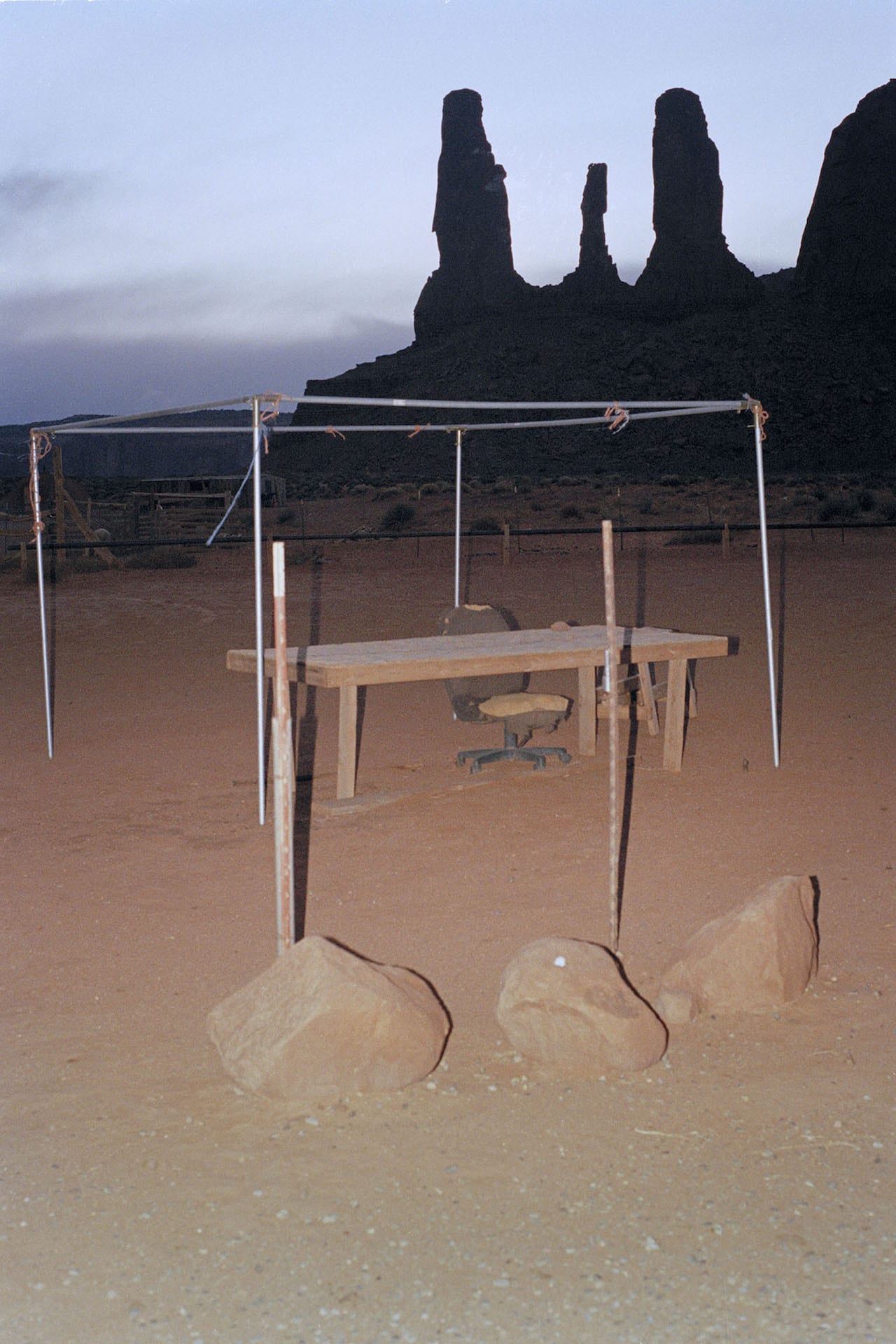
BJP: What was the process of curating such a large collaborative exhibition?
Void: We invited established artists who we believed would resonate with the concept, and we also did a free open-call to discover emerging artists that would be otherwise out of our radar, because we believe it is one of the few chances for young talents to be seen.
We had two critical difficulties. Firstly, the complexity on pairing the artist when dealing with the project’s timing. We received both conformations of participation and also submissions from the open call we did for each Hunger issue in such timing that made life difficult. We had to work impromptu-like with the artists we had so far, instead of being able to do a proper long vision edition. We discovered extremely talented people out there, but sometimes they submitted work that would be just perfect to be published in a previous issue. So, it was a puzzle with an extra complexity, as each published issue would make more and more narrow the artist’s combinations and possibilities.
The second was that even though we planned the project to be gender equal, and invited almost the same number of male and female artists, for some reason we had 90% of male artists saying yes to our invitation, compared with less than 50% of female. The ratio of the open call submissions were also quite unbalanced in favor of the male artist. We are still trying to understand this.
BJP: The exhibition is free and accessible to anyone that has internet. Do you think it is important that art can be viewed for free?
Void: It is great to have opportunities to see art for free. Public museums, open events, artists run art-spaces, etc. But visual artists should believe their work is worth paying for. Otherwise we will always suffer a sort of an underdog syndrome. Art is a product, and there is a market. People pay to go to the movies and the theatre, to buy literature books and music.
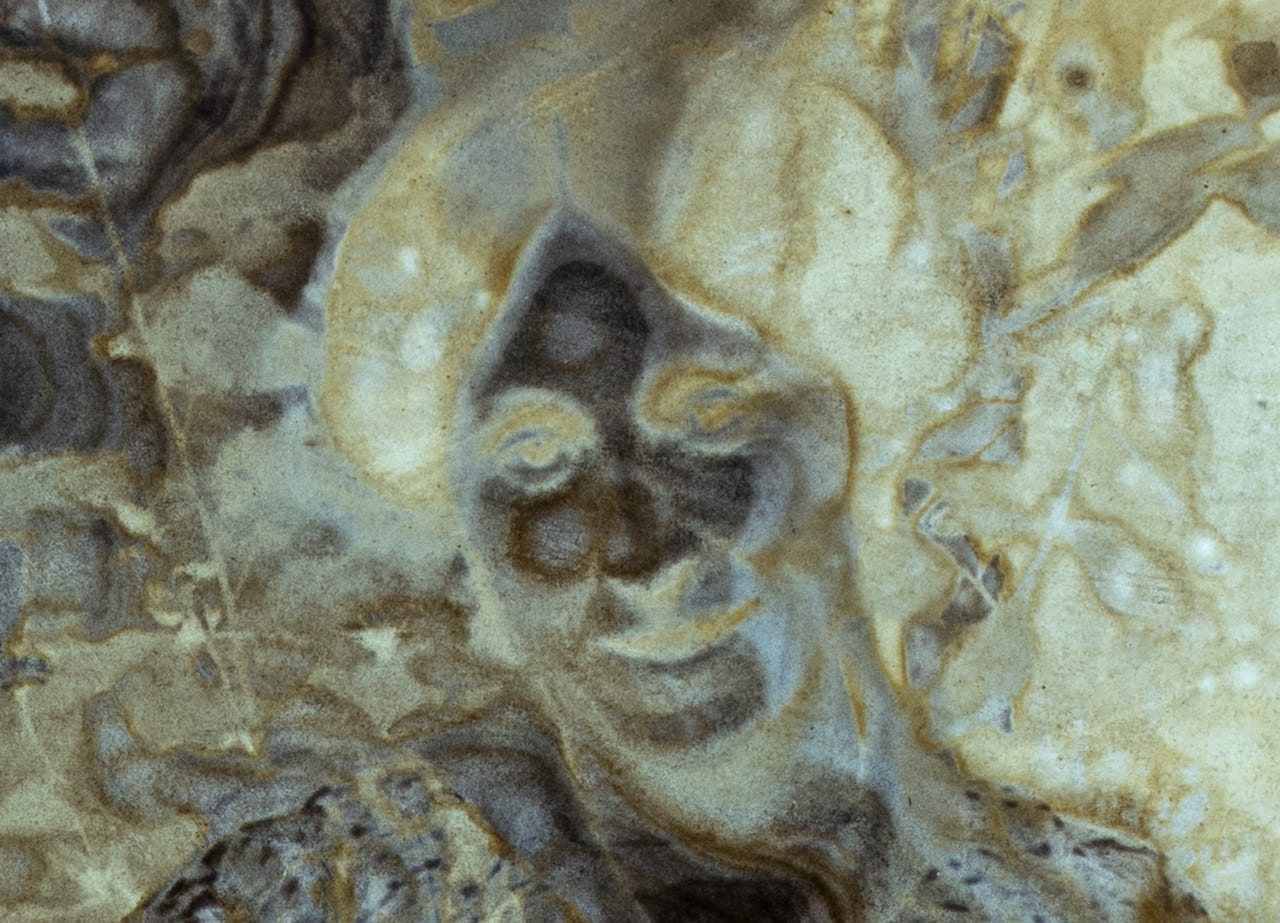
BJP: Were there any challenges you faced when curating an exhibition for an online platform, rather than pictures on a wall? Did this influence the photographers and work you chose?
Void: The online exhibition came at the end of the project, when it was already published in newspaper form. So, in a way, it was easier as every major curatorial decision had been made already, regarding artists names and image selection and sequencing.
But we have never done an online project before. And, as with everything you do for the first time, there’s always the fear of failing. The most challenging thing to consider was how we could keep someone’s attention for longer than what most people to devote to a single internet attraction. If you wanna see the whole online exhibition and also follow the full text, you need more than just a few minutes.
So we took the decision to curate it in a way to respect those who want to have a real appreciation of the project, instead of doing something short and compact just to please those who can’t stay focused on the same subject for more than two minutes. We understand that the internet has its own timing, and people’s interests are diverted easily. But we are hunger artists, and we don’t care if we starve in our jails, even if no one is looking.
The seven newsprint issues of Hunger are available to purchase for €14.50 from https://void.photo/publishing-hunger
Hunger will be available to view on PHmuseum until 28 January, after which it will be archived on the website https://phmuseum.com/exhibition/hunger
